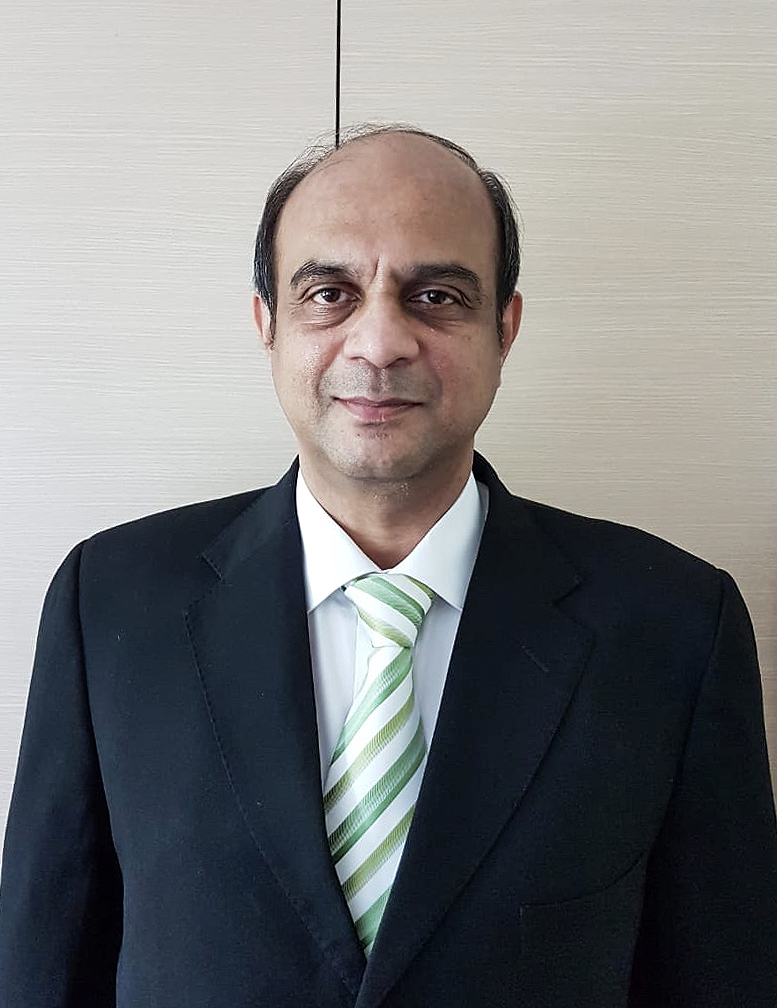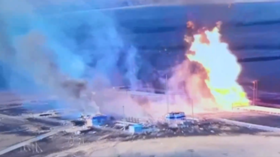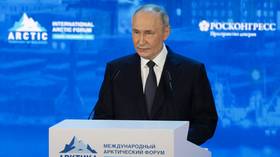‘Father of India's Navy’: Who was Admiral Gorshkov and why is he revered in Asia today
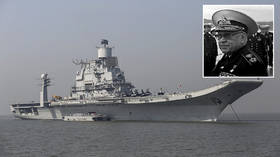
Naval cadets around the world think of Sergey Gorshkov as the man who said ‘Better is the enemy of good’ and transformed the Red Fleet into the powerful Soviet Navy. Little known fact is that he ‘fathered’ the Indian Navy, too.
There was little to suggest Sergey would become a sailor in February 1910, when he was born in Kamenets-Podolsky, in what would later become Ukraine. From the vast inland plains of Podolia, his family moved to Kolomna, near Moscow – and even farther away from the sea. Yet at 17, Gorshkov joined the Red Fleet. He would make its way through its ranks, fighting and leading many engagements during WWII, to become the Soviet Navy’s youngest-ever supreme commander in 1956, at the age of 42.
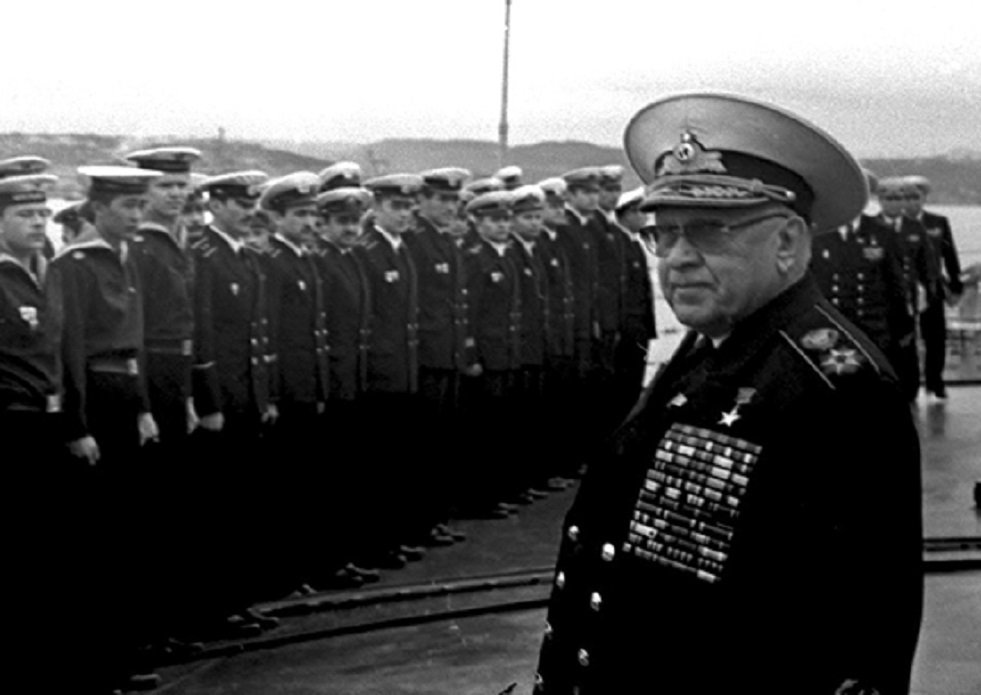
So why did the Indian Embassy in Moscow host the celebration of what would have been Gorshkov’s 110th birthday recently? Because the legendary admiral who built the Soviet Navy into a Cold War powerhouse also transformed the Indian Navy into a modern sea power to be reckoned with.
“Gorshkov built the Soviet navy... and it was because of his efforts and skill, that the Soviet Union became a global power,” India’s ambassador to Russia Bala Venkatesh Varma told RT, adding that the Indo-Russian naval relationship is a rare and “unique example where something that started in the last century, 55 years ago, is still continuing today.”
This special relationship can be directly traced to Gorshkov, who laid the foundation for the ever-evolving modern military relationship between New Delhi and Moscow.
Also on rt.com Ticket to the modern Klondike: How New Delhi could get the keys to the Russian ArcticA naval innovator
Coming up through the ranks and fighting naval actions from a young age shaped Gorshkov’s own unique and innovative ideas about the role that a navy should play in the Soviet military and national strategy.
In the space of just two decades, Gorshkov revamped and expanded the early Soviet Navy into a major sea power and global force during the Cold War — a remarkable achievement not seen anywhere else in the world.
As the Soviet fleet began operating globally, with submarines and other vessels shadowing US Navy’s carrier task forces, Gorshkov’s fame and renown grew. The admiral advocated balanced, integrated sea power to achieve maritime control, as well as strategic deterrence based on nuclear submarines — two key principles that have inspired Indian naval thinking and doctrine.
Also on rt.com Balancing act: How India is modernizing its military by buying latest tech from BOTH Russia & the WestHe coined the phrase "Better is the enemy of good enough" and wrote the seminal book ‘Navies in War and Peace,’ which is still regarded as one of the finest in the world on the subject of naval power as an instrument of state policy, and is taught to Indian naval cadets as such.
Indo-Russian Naval Ties
India’s naval ties with the Soviet Union can be traced back to the mid-1960s. Following a humiliating defeat in the 1962 Indo-Chinese war, the government in New Delhi embarked on a plan of defense modernization.
When New Delhi’s efforts to solicit interest from the United States and Britain went mostly without success, India turned to the Soviet Union for assistance — sparking the rapid development of Indo-Soviet naval ties in the late 1960s and early 1970s.
With the Americans building up their naval presence in the Indian Ocean, Moscow began to think about securing Soviet interests in the region.
The Indian Navy received Petya-class ships, Foxtrot-class submarines, a submarine depot ship, and eight newly developed Osa-class missile boats from the USSR. The missile boats were successfully employed by the Indian Navy in an audacious attack on Karachi during the 1971 war with Pakistan — an unconventional tactic greatly appreciated by Admiral Gorshkov.
The Soviet material and political support to New Delhi during the war firmly established Indo-Russian defense ties and paved the way for future defense cooperation.
Also on rt.com Rosneft inks deal with India’s top refiner on up to 2 MILLION tons of crude suppliesNot only did the Soviets build warships for India, but they also trained Indian personnel and taught them naval warfare skills, former commander of the Russian Navy, Admiral Viktor Chirkov noted at the embassy event.
Chirkov recalled that Gorshkov used to say that naval power was not simply about having a navy itself; it is also about “achievements in maritime studies, researching the oceanic and sea biosphere — everything we're dealing with today.”
Today, more countries are “reaching for the oceans” and trying to grab a piece of the 'Arctic pie' — but Gorshkov "saw it coming" back then, Chirkov said.
Enduring legacy
Admiral Gorshkov played an major role in all these developments. He visited India several times and toured most naval training institutions. He even established close friendships with Indian admirals of the time, who often directly corresponded with him, bypassing the official bureaucratic channels.
Before he retired from the Soviet Navy after three decades of service, the admiral approved a 10-year lease of a Charlie-class nuclear submarine to the Indian Navy. The submarine was re-christened as the INS Chakra when it arrived in India in 1987. Significantly, the next-generation INS Chakra is a Nerpa-class nuclear submarine leased from the Russian Navy under a similar arrangement in 2011.
In 2004, India bought the aircraft carrier Admiral Gorshkov from the Russian navy. Rechristened INS Vikramaditya ('Stronger than the Sun'), she entered service a decade later as the flagship of the Indian Navy.
Today, Russia ranks as the largest arms supplier to India. An estimated 70 percent of India’s defense equipment is of Russian or Soviet origin. Two generations of India’s naval personnel have trained on, operated and maintained Russian equipment — a fact that still influences the enduring preference for Russian-made machines and has shaped the extant Indian naval doctrine.
"India and Russia will continue to cooperate in the naval field for the next 20 years. The trust that was built, was built from the last century — and Gorshkov was the person that laid the foundation,” Ambassador Varma said. “We do not forget our friends.”
Sergey Gorshkov passed away in 1988, but his legacy lives on – both in the Russian Navy and the navy of India, as the Vikramaditya sails the seas for years to come.
Like this story? Share it with a friend!
The statements, views and opinions expressed in this column are solely those of the author and do not necessarily represent those of RT.
